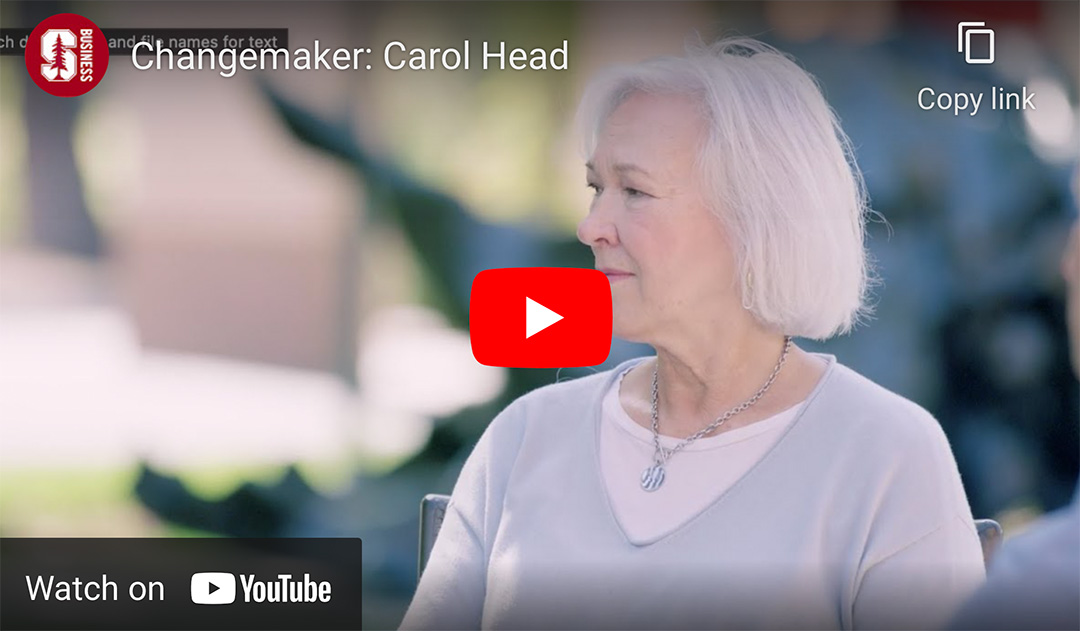The Project Redwood Story

2015 Project Redwood Annual Meeting – 10 Years after Inception
A light switched on and one of us stood up.
The inspiration for Project Redwood came at the 25th reunion of the Stanford Graduate School of Business Class of 1980. We were seated in a lecture hall listening to a panel of our classmates describe how they gave back to the communities by teaching in public schools, putting boots on the ground in Iraq, and starting a foundation to fight AIDS.
At the end of the session, Carol Head, one of the 70 women in our class, spoke up. “Look at the people in this room,” she said, “and think about all of the resources we represent – money, skills, personal networks. Why don’t we combine these resources and help make the world a better place? If you’re personally in for this new venture, raise your hand.” Virtually every hand in the room shot up, and our non-profit was born.
Six months after the reunion, Project Redwood had its mission: Project Redwood provides funding, expertise, and connections to social entrepreneurs who address the challenge of global poverty.
Click the image below to watch a video the GSB put together highlighting Carol.
We connected, person-to-person.
We connected, person-to-person. Project Redwood’s first priority was to involve as many classmates as we could. We wanted each class member to be approached by another classmate. Dozens of us called nearly 300 fellow alumni, asking them to become partners in Project Redwood by contributing $1,000 a year for three years. If that was too much, we asked them to donate what they can afford. And needless to say, we graciously accept larger gifts.
Classmates’ non-financial support was as important. Only Project Redwood partners could sponsor non-profits to be considered for funding. Then a committee of partner volunteers reviewed the nominated projects, selected those that best fit our criteria, and then submitted that list for a vote by the partners. The Board used the preference vote of partners, in conjunction with the review committee’s evaluation, to select organizations to receive financial support and a cadre of experienced and connected MBAs to help them solve their most pressing problems. This is the process that is still used today.
We needed some help.
We decided to outsource needed philanthropic assistance. The Rockefeller Philanthropy Advisors served as our first fiscal sponsor and provided invaluable advice on our grant-making and overall operations. With their help, we’ve developed the tools and capacity to be a more effective organization. In 2016 Tides Foundation began filling this role.
We had a few spats.
Like any start up we’ve had our challenges. We are an all volunteer organization. We underestimated the amount of administrative work it takes to keep Project Redwood running. We never imagined contacting 300 classmates would take so long. We debated about supporting projects in the U.S. versus the rest of the world. We were not clear enough about our criteria for selecting projects, so some classmates were disappointed when their favorites were not chosen. Despite these issues, we have continued to support 8-11 projects a year since 2007.
We continually improved our operation and communication and impact, despite these issues, and established Project Redwood as a viable, long-term, alumni-based, philanthropy that continues to help improve the lives of people living in poverty all over the world.
And, we rediscovered each other! An unexpected benefit of Project Redwood has been the opportunity to reconnect with classmates. Back in 1980, many of us had little time to socialize as we were challenged by the academic load. Being involved with Project Redwood allows us to re-discover our former classmates. Though no one of the project’s original goals, we were delighted to find that we really like each other. Who knew how interesting we would become by middle age?
But we’ve had an impact.
Our impact, after 16 cycles of grant-making:
Members of 33 different GSB classes spanning 50 years are now part of Project Redwood.
We have refined our procedures and refocused our grant-making. Our niche is funding organizations involved in job creation, education, training, and micro-enterprise. Our grants go to social entrepreneurs that help others help themselves to improve their standard of living. Our focal point – our sweet spot in philanthropy — is making awards of ‘catalytic capital’ to organizations in early-stage development that are ready to move to the next step.
We have donated more than $4.5 million to 71 grantees in 29 countries and provided other support to help our grantees extend their capacity and reach. We have helped to improve the lives of over 975,000 people.
We have a closer relationship with and are recognized by GSB. As an example, we have supported Stanford’s Hasso Plattner Institute of Design, through their Design for Extreme
So we continue to chip away. Project Redwood doesn’t expect to solve world poverty. But we know this: we can improve the lives of the world’s poor. By pooling the skills, experience,
* While the redwood is a symbol of Stanford, Project Redwood is not affiliated with the University.
